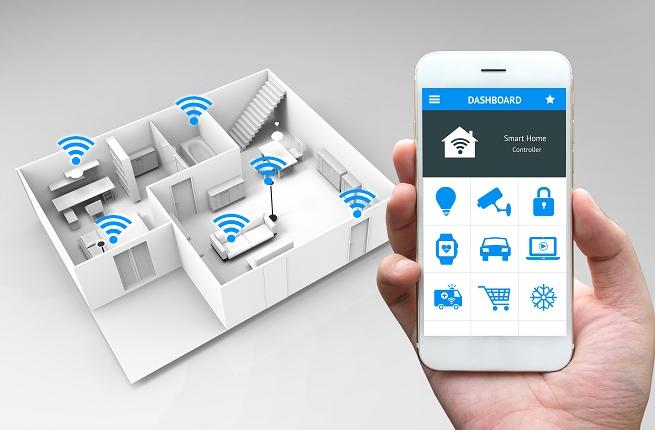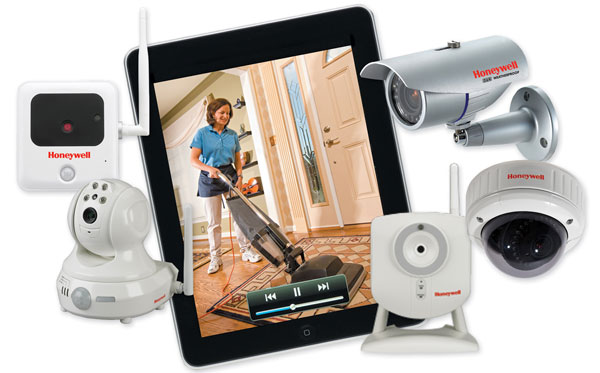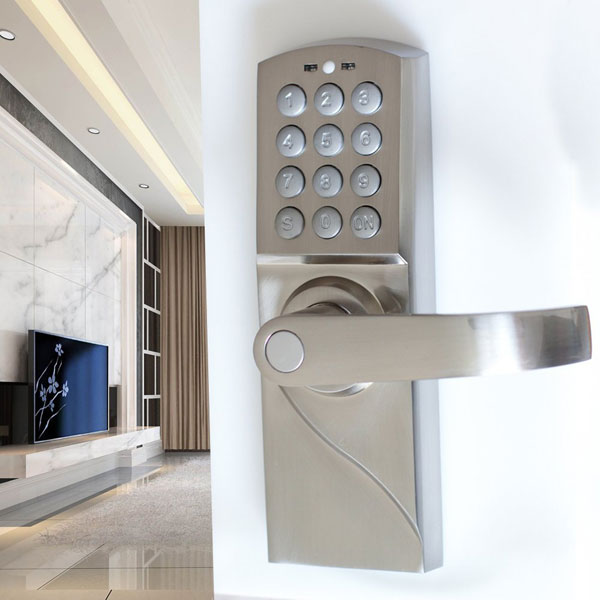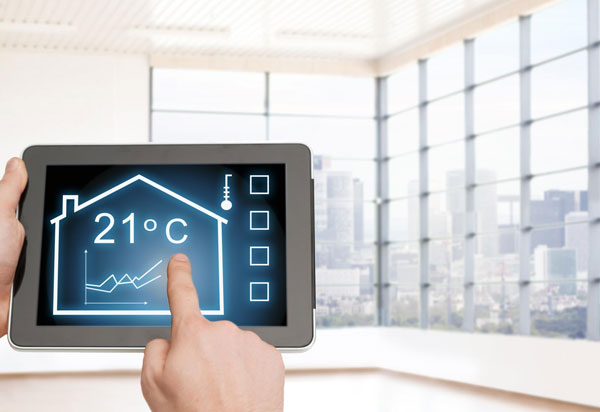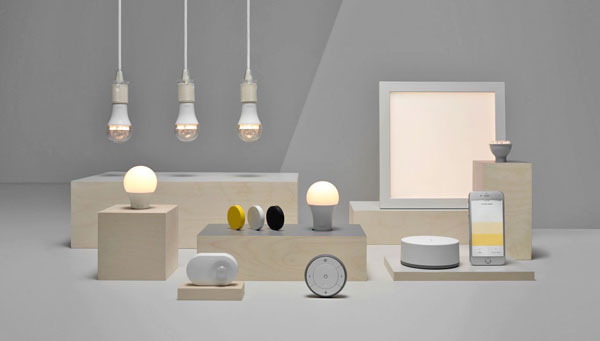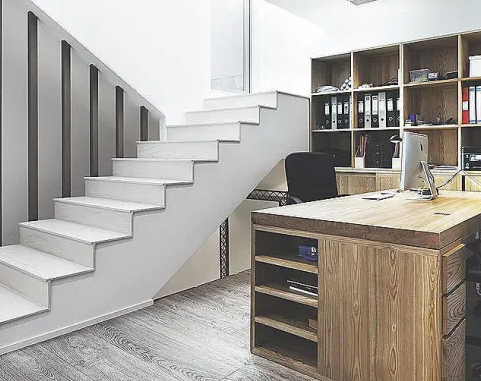 Fans of the Ceiling
Fans of the Ceiling Another great way to move air around the house and push air down, particularly if the fan is in the stairwell area, is with ceiling fans. This is an energy-efficient way of transporting air around the home and, compared to some of the other alternatives, is also incredibly quiet.
Insulation
To maintain a warm room or basement, one of the most important things is to ensure that you have the correct insulation in your home. Including blanket or foam board insulation for an unfinished basement and loose-fill or spray foam items for a finished basement, a number of different insulation options are available. See the R-Value Guidelines from the US Department of Energy if you are still confused about what form of insulation you can use for your house. R-Values calculate the thermal efficiency of goods for insulation.
The Afternoon Sunshine
One way to keep your home warm during the day is to keep the windows open where the sun shines. This will keep solar heat flowing in through the windows which will just keep your space a little warmer.
Holding Locked Doors
Finally, to keep your basement warm, another choice is to keep any doors closed to rooms that are not being used. If you keep those doors closed, in the rooms that are opened, like your basement, there is more warm air to circulate.
Furnace "On" Fan
Another quick way to keep your home an a little warmer is to leave the furnace fan in "on" mode, which will drive the air into your home, moving cold air up and hot air down, as cold air is heavier than hot air, as opposed to what they want to do.
Using Heating for Room
Another alternative, albeit more costly in the long run, is to use a space heater. They can warm up a room rapidly, but are highly dangerous for fires, even accounting for one-third of all house fires associated with heating. If you decide that this is your household's best choice, make sure you keep your space heater away from any flammable material or material at all. When they are near a very hot space heater, objects will melt or alight rapidly. Leaving space heaters overnight or leaving the house can also be very dangerous as it poses a risk of fires and even death.
Seal All the Windows and Doors
Making sure that all the doors and windows are sealed is another incredibly important thing to do to keep your basement warm. As warm air is more likely to leak out and cold air to leak in, this can create a lot of problems for your house. You'll want to make sure that any frames or doorways that might feel just a little colder than usual tend to be sealed off.
















